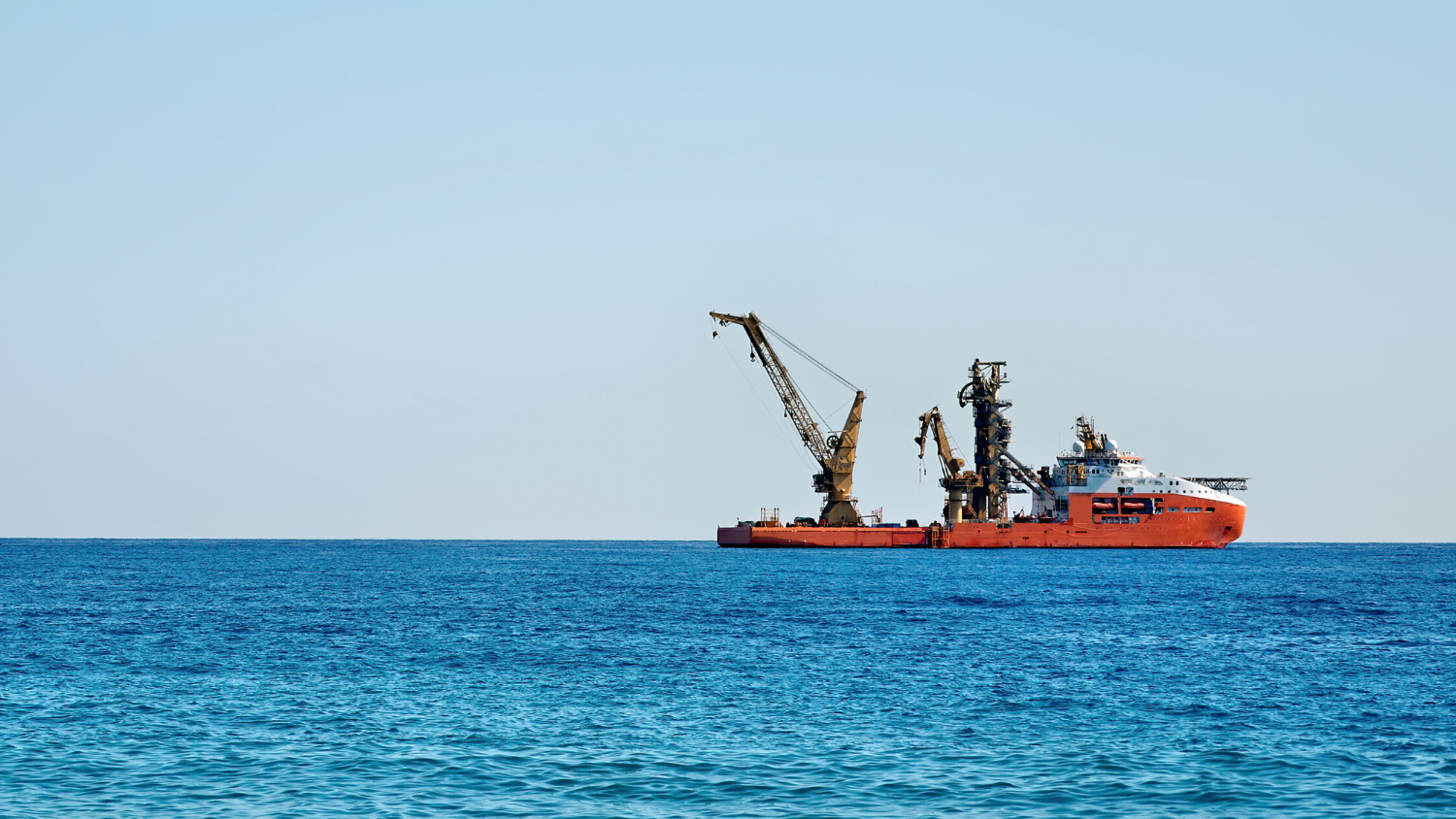Wave energy has emerged as a promising renewable energy source that can contribute significantly to Malaysia’s energy transition goals. With its abundance of coastline, Malaysia has the potential to harness the power of waves and reduce its reliance on fossil fuels. In this article, we will explore the advancements in next-generation marine solution malaysia wave energy converters that are revolutionizing power generation, discuss their benefits, and explain how they work.
What are Next-Generation Wave Energy Converters?
Next-generation wave energy converters are innovative devices designed to harness the kinetic energy from ocean waves and convert it into electricity. These converters employ advanced technologies and engineering principles to efficiently capture and transform wave power into a usable form of energy.
Wave energy converters come in various forms, each utilizing unique mechanisms to extract energy from ocean waves. One such technology is the oscillating water column (OWC), which consists of a partially submerged chamber connected to a turbine. As waves enter the chamber, the water level rises and falls, causing air to be forced through the turbine, generating electricity. OWCs have the advantage of being environmentally friendly, as they do not produce greenhouse gas emissions or disrupt marine life.
Another promising innovation is the point absorber device, which comprises a buoyant structure that moves up and down with the wave motion. This movement drives a hydraulic system or an electromagnetic generator, converting the kinetic energy of waves into electrical power. Point absorbers can be deployed individually or as arrays, offering scalability and flexibility in wave energy projects.
Additionally, the attenuator technology involves long, segmented devices positioned perpendicular to the direction of wave propagation. As waves pass through the segments, they create relative motion between the segments, which drives hydraulic pumps or electrical generators, producing electricity. Attenuators can harvest energy from both horizontal and vertical wave motion, making them highly efficient.
How do Next-Generation Wave Energy Converters Work?
Next-generation wave energy converters work by converting the mechanical energy of ocean waves into electricity through various methods. The specific mechanism depends on the type of converter used. Generally, these devices are designed to maximize power extraction while minimizing the impact on the marine environment.
Wave energy converters employ sophisticated control systems that optimize energy capture by adjusting the device’s orientation and damping properties. These systems utilize sensors and algorithms to continuously monitor and respond to wave conditions, ensuring optimal performance and efficiency.

The Advantages of Next-Generation Wave Energy Converters
Next-generation wave energy converters offer several advantages for Malaysia’s sustainable energy future:
- Renewable and Clean: Wave energy is an abundant and inexhaustible resource, making it an ideal renewable energy source. Wave energy converters produce clean electricity without emitting greenhouse gases, reducing carbon footprint.
- Energy Security: Harnessing wave energy reduces dependence on fossil fuels, enhancing energy security by diversifying the energy mix and decreasing vulnerability to price fluctuations.
- Scalability and Flexibility: Next-generation wave energy converters can be deployed at various scales, from small individual devices to large-scale arrays. This scalability allows for flexible implementation according to local requirements and available resources.
- Predictable and Consistent: Unlike some other renewable energy sources, such as wind or solar, waves are more predictable and consistent. This reliability makes wave energy converters a stable and dependable source of electricity.
Conclusion
Next-generation wave energy converters present an exciting opportunity for Malaysia to tap into the vast potential of its coastline and generate clean, sustainable electricity. Through constant innovation and technological advancements, these converters are becoming more efficient, cost-effective, and environmentally friendly. By embracing this renewable energy solution, Malaysia can move closer to its goals of reducing carbon emissions, enhancing energy security, and creating a sustainable future for its citizens.

